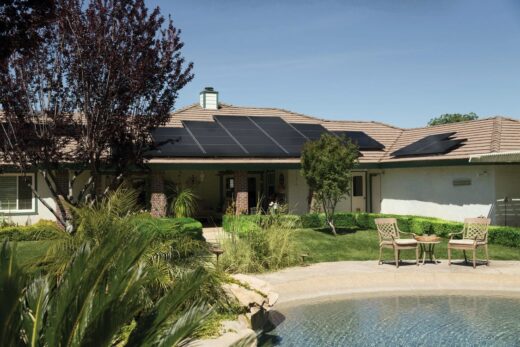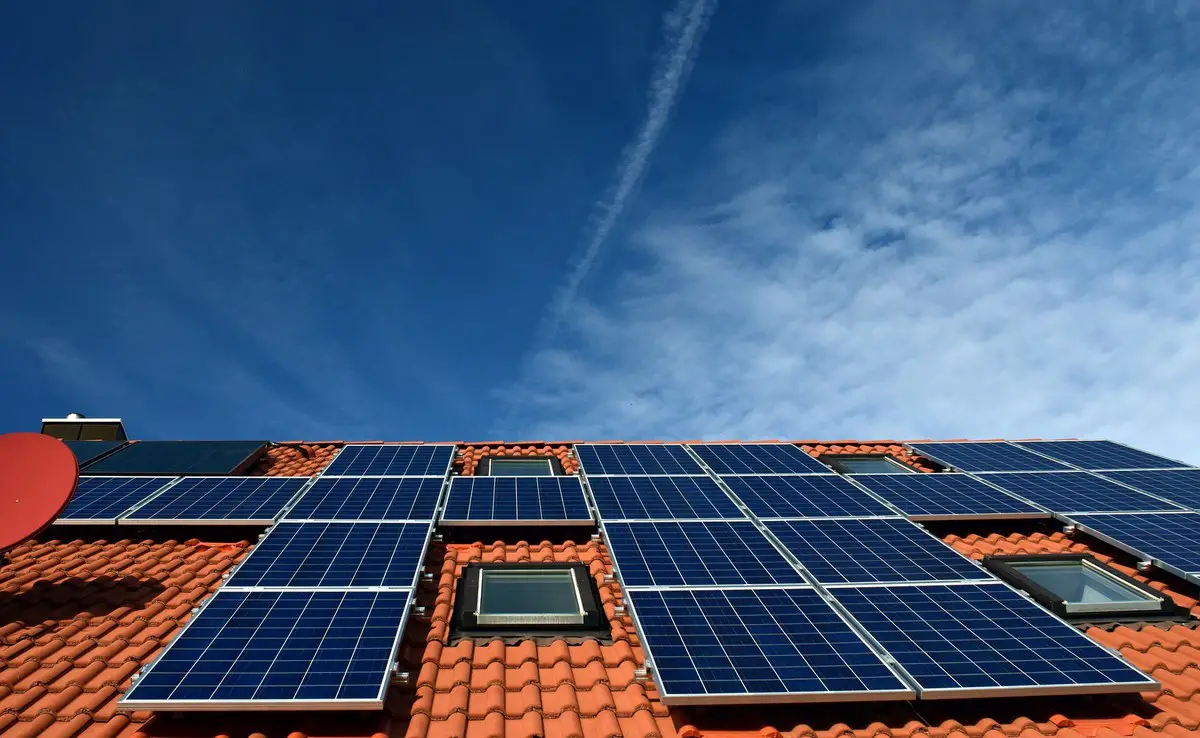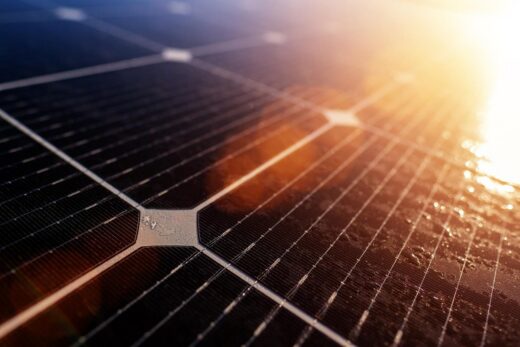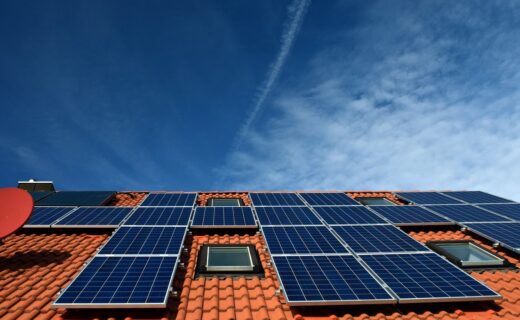Green building best practices for energy saving guide, Home soalr power benefits, Building PV electricity design advice
Green Building Best Practices For Energy Saving
23 May 2022
Looking to engage in the best green practices for energy saving when building? Here are some great tips.
Green Building Best Practices For Energy Saving – Solar Power
IT’S TIME TO GO SOLAR
When people think of clean energy, they are often focused upon solar energy directly from the sun. When building a new home, you may want to consider using solar panels. This will give you the optimal strategy of being able to generate energy on your own using the latest solar technology available.
The key to getting solar energy, which will pay for your energy bills, is a passive solar design that will be part of your construction process. You can use it for all of your appliances and mechanisms inside of your home.
If you truly want to leverage solar power, BIPV is the way to go. This represents building integrated photovoltaics that can replace conventional exterior aspects of your building such as façades, skylights, and also the shingles on your roof. These are being installed more than ever before, especially with new construction projects such as on buildings and homes where you may need both a primary and secondary source of electrical power.
There are two benefits that you will get when you are installing solar panels. You will be able to avoid the energy grid and save money on your electrical bill. Essentially, your BIPVs, if installed properly, will pay for themselves many times over.
Different Types Of BIPVs
You can use these on a flat roof with a roofing membrane
Solar shingles can be installed on a steeply pitched roof, and it does not matter if it is a standard single or a metal roof
All of the modules of the façade should be placed over as much surface area of the structure as possible
Photovoltaic window glazing is another innovation of modern technology that has thermal insulation properties as well.
Related article: An In-depth Comparison of Photovoltaic (PV) and Concentrated Solar Power (CSP)
NATURAL LIGHTING IS THE KEY
Commercial spaces will use natural light very efficiently. It is energy intensive in most cases. You will want to focus on sustainability as you are augmenting the type of lighting that you use. Natural light can vary depending upon where it originates from. If you get energy efficient windows that can increase the performance levels are the solar panels that you are using at your business premises. By incorporating natural light as well, your passive solar strategy is going to be greatly augmented, especially when using skylights in windows.
LOW-ENERGY APPLIANCES ARE A MUST
Low energy consumption is the key to saving money when you are using modern appliances that use electricity. Energy Star ratings should be part of your reasoning for obtaining them. Legacy appliances that have not yet been phased out should be replaced immediately with those that are much more energy efficient if financially feasible and at he very least should be serviced for efficiency.
VENTILATION AND HIGH LEVEL INSULATION
There are many industrial and commercial buildings that will have extremely high energy bills as a result of heating and cooling these complexes – using a green profile can help with this problem. When you use the best insulation available, especially with a commercial building, you can save money on the cost of heating. Thermal mass capacity buildings can be modified to retain heat more naturally. Ventilation can also assist you in keeping the entire complex cool and reduce HVAC usage such as with air conditioning.
GO GREEN
Smart buildings that have modern roofs and walls are becoming much more common in cities. They are aesthetically pleasing to look at, but it’s much more than just having a nice outward appearance.
You must take into account the insulating properties of these buildings which can help you save money when heating and cooling the interior. If possible, you may want to consider incorporating rainwater catchment that can help you recycle water which can also save you money.
Comments on this guide to Green building best practices for energy saving article are welcome.
Solar Panels Articles
Solar Panels Posts
Invest in a Solar Power System Advice

DIY Solar System: how to install solar panels
Before Installing Solar Panels
The Complete Homeowner’s Guide To Solar Power
Building
Residential Architecture Articles
Comments / photos for the Green building best practices for energy saving advice page welcome







